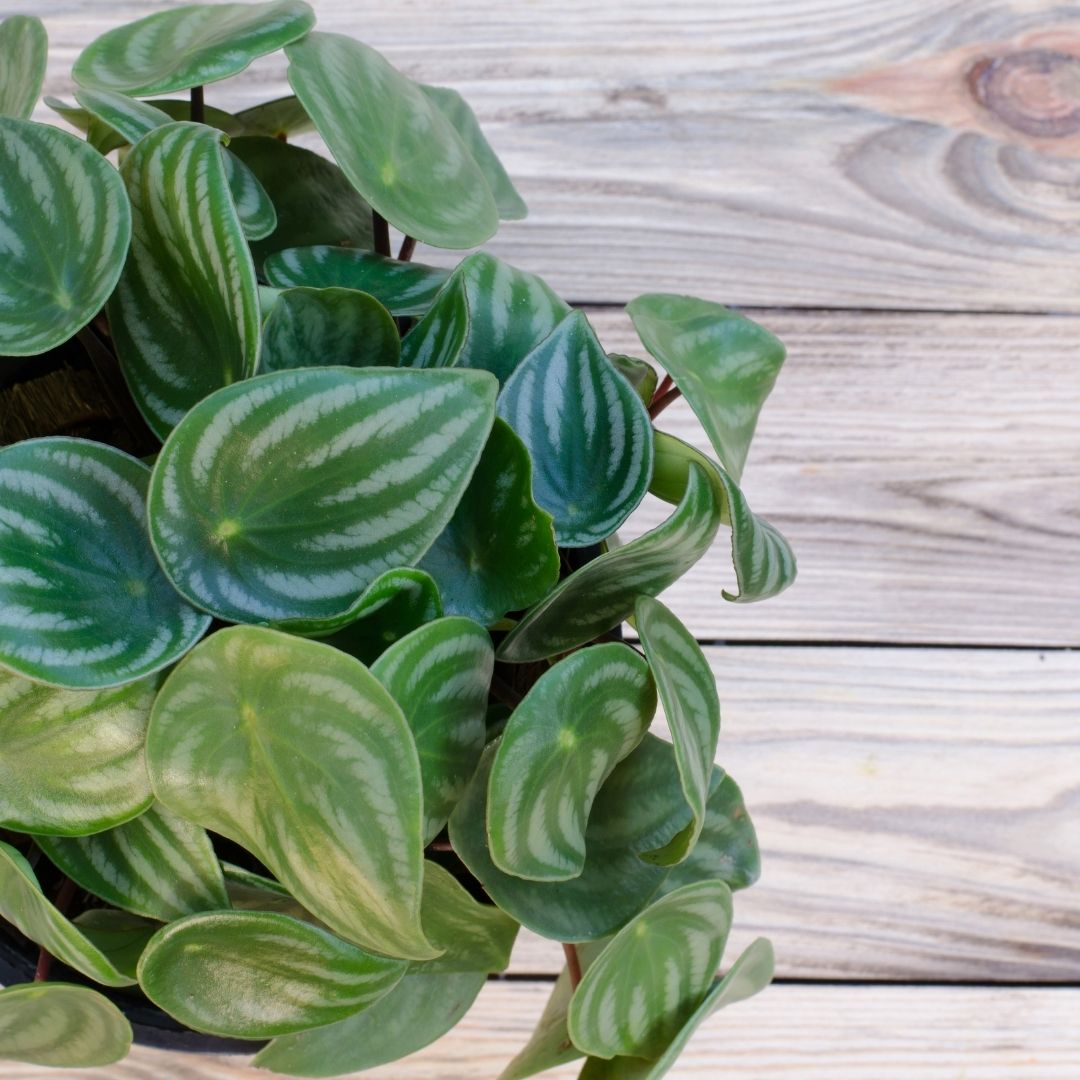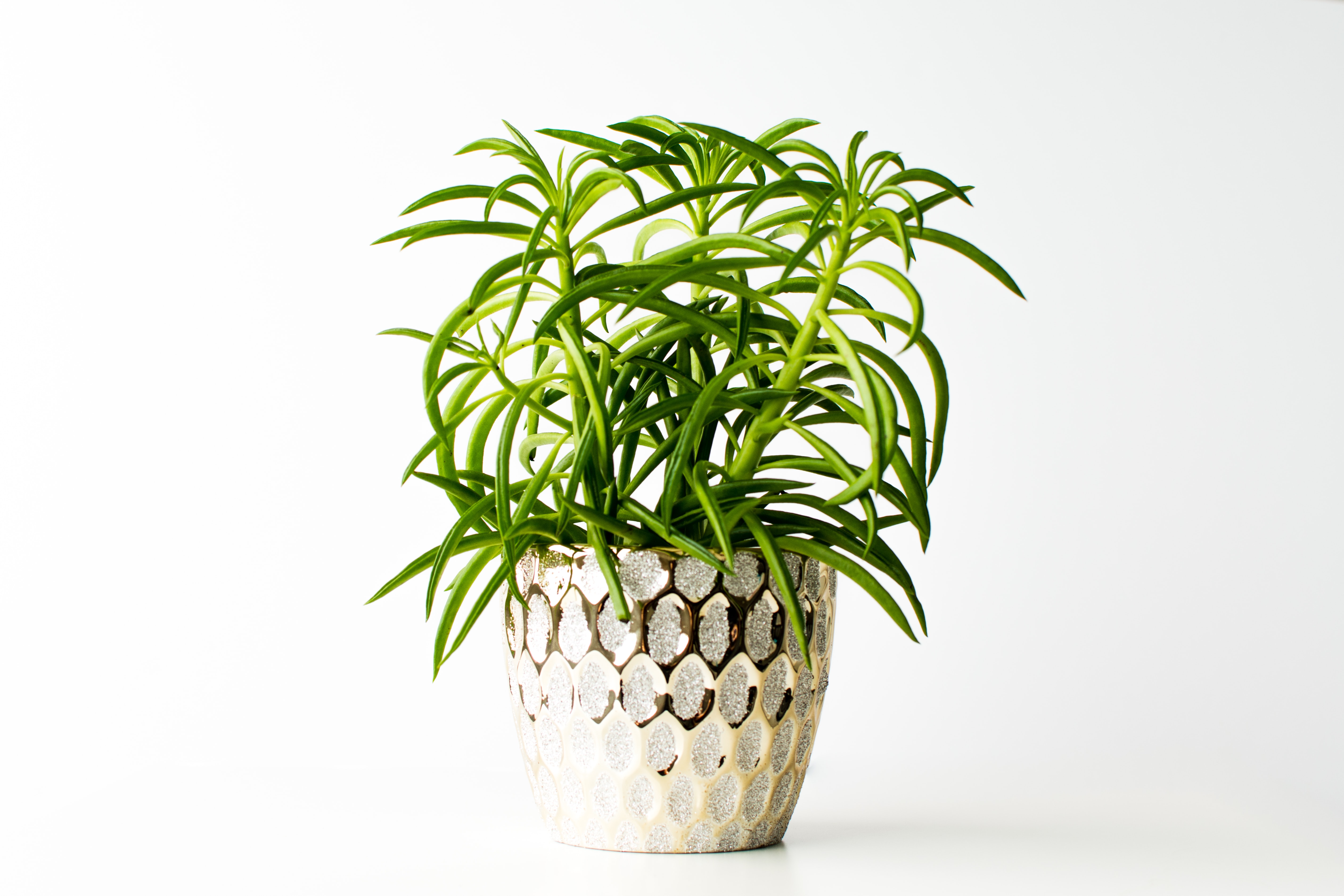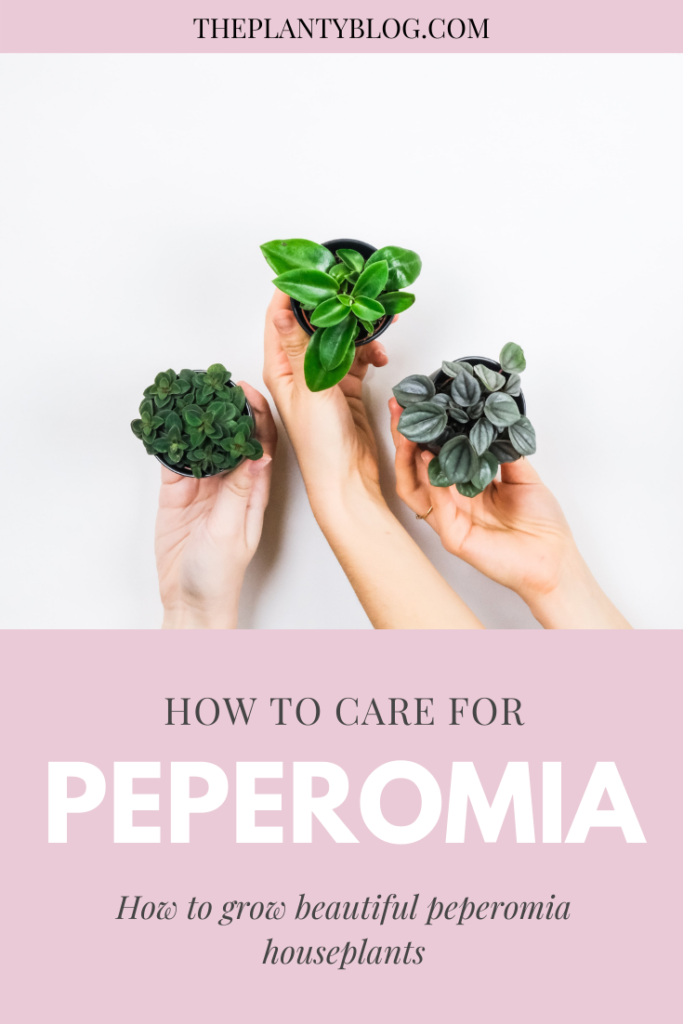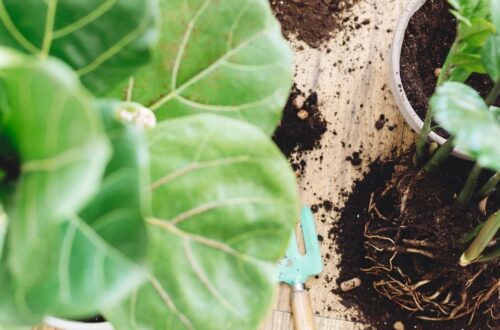
How to Grow Peperomia: A Peperomia Care Guide
An In-Depth Care Guide to Growing Beautiful Peperomia

A very versatile and exciting genus of houseplant, peperomia are a really fun plant to collect and grow in your home! Even peperomia nay-sayers will admit to at least one variety that is “just too adorable to resist!” And fortunately, their care is straightforward and even suitable for beginner plant parents. Here is a deep dive into general peperomia care, although there are over 1,000 different types of peperomia and depending on your plant’s characteristics, you may need to make small modifications to this care guide. For the most part, they all have very similar properties and will fall under this one stop shop deep dive!
Peperomia Characteristics:
Peperomia can range from closer to leafier traditional plant foliage, to incredibly hardy leaves similar to hoyas or succulents. This means that they have an ability to store their water reserves in their leaves and stems. They all however, have incredibly delicate root system, so they are prone to overwatering and consequently stem, leaf and root rot. They will not tolerate sitting in wet soil, or having damp or wet leaves.
Luckily, peperomia are notoriously quick and easy to grow, propagate and share with friends and family. Their blooms are vertical growing, almost tail-like. The blooms admittedly are not spectacular to look at, but their foliage is what draws people in. The leaves come in various shapes and sizes, with a range of colours.
Peperomia are also listed as non-toxic by the ASPCA, although as with all houseplants, it’s best not to allow your pets or children to munch on them. If your pet eats a peperomia houseplant, they may still experience adverse symptoms like vomiting, nausea, diarrhea, allergies, or skin irritation so it’s best to keep any houseplant out of reach from your pets.
Light:
Peperomia light requirements do very, depending on who you ask. Some varieties are medium to even low light tolerant, but I find that the best growing conditions for a full and bushy peperomia plant is bright, indirect light. Their leaves will burn in direct harsh sunlight, but they are content living in an east window, or pulled back from a west or southern window. Insufficient light may cause your peperomia to stretch or appear “leggy” with inconsistent growth and, if applicable, could cause its variegation to revert.
With that said, peperomia clausiifolia and peperomia caperata “luna red” have both lived happily in lower light settings in my household, so it is definitely a genus of plant that people gravitate towards, if for example a north facing window is the only option.
Water:
Like most houseplants, water tends to be the area of plant care that most people struggle with. Peperomia’s roots are incredibly thin and delicate, almost comparable to human hair. They will not do well sitting in wet conditions. A moisture meter is a fantastic tool for peperomia, or any houseplant for that matter, to gauge the moisture content of your soil and whether it is time to water your plant.
For the thicker leaved varieties such as the obtusifolia or polybotra, I let the moisture meter go all the way down to 1 before watering. These peperomia varieties will still store water in its thick leaves and stem after the soil has dried out. For caperata or thinner leafed varieties, I will not let them completely dry out. Peperomia are not particularly sensitive to tap water, however no houseplant likes cold water. They prefer room temperature water, and would love rain or distilled water if it’s available to you.
As mentioned earlier, peperomia are prone to stem and leaf rot as well, so they do not enjoy a puddle of water sitting atop the soil waiting to be absorbed, or excess water on the leaves. I’d recommend bottom watering peperomia for optimum happiness.
Pots:
Peperomia absolutely love terra cotta pots, and they certainly look very handsome when planted in one. The terra cotta will whick the excess moisture from the soil, ensuring that your plant doesn’t have “wet feet”. Terra cotta is also an optimal choice for bottom watering. If terra cotta is not to your taste, the second best option would be a nursery pot inside of a ceramic cache pot. Though not terra cotta, it will provide enough drainage for your peperomia. If you do choose ceramic, just ensure that your plant has sufficient drainage, and adjust your watering habits accordingly.
Soil:
Similar to deciding on which pot to plant your peperomia, the soil is also an important factor. Peperomia prefer a chunky, aerated soil mixture. A good quality cactus soil with some added perlite or pumice will go a long way with the more succulent varieties. Another good practice would be to take a fork or a chopstick and to work up the soil mix. You will want to break up any wet or clumpy soil.
Humidity/Temperature:
Peperomia are thankfully very tolerant of both drier air environments and can also be happy in more humid conditions. They are also less inclined to perish if the temperature drops by a few degrees in the winter months and you were slow to crank the furnace. All houseplants prefer warm, humid, tropical environments. That said, as long as the household is consistently room temperature, your peperomia will be content.
Problems/Pests:
Mealybugs and scale seem to be the main pest concern with peperomia, so be sure to clean and check your leaves often. You want to catch a small outbreak before it becomes an infestation. Spider mites can also appear in some varieties. In general, peperomia are not extremely susceptible to pests.
Edema can also be a concern, if watering is too inconsistent or too frequent.
Fertilizer: As a rule of thumb, it never hurts to dilute more than the recommended does for houseplants. Peperomia can be fertilized with 20-20-20 from the beginning of the growing season (typically April or May), until the fall.


